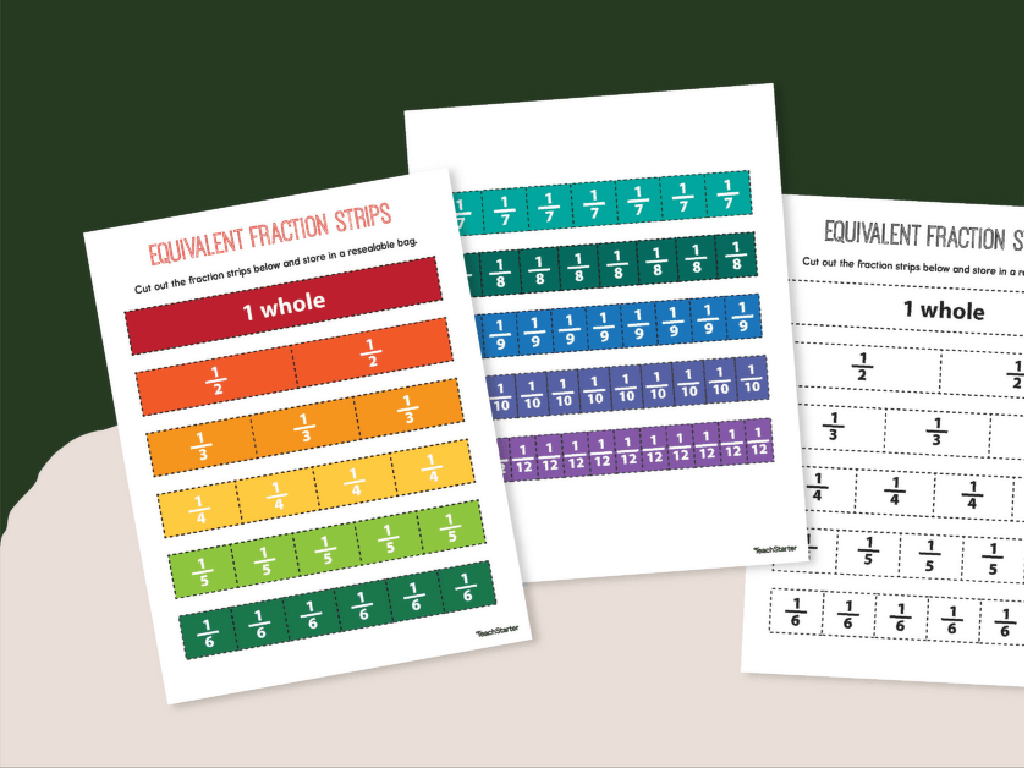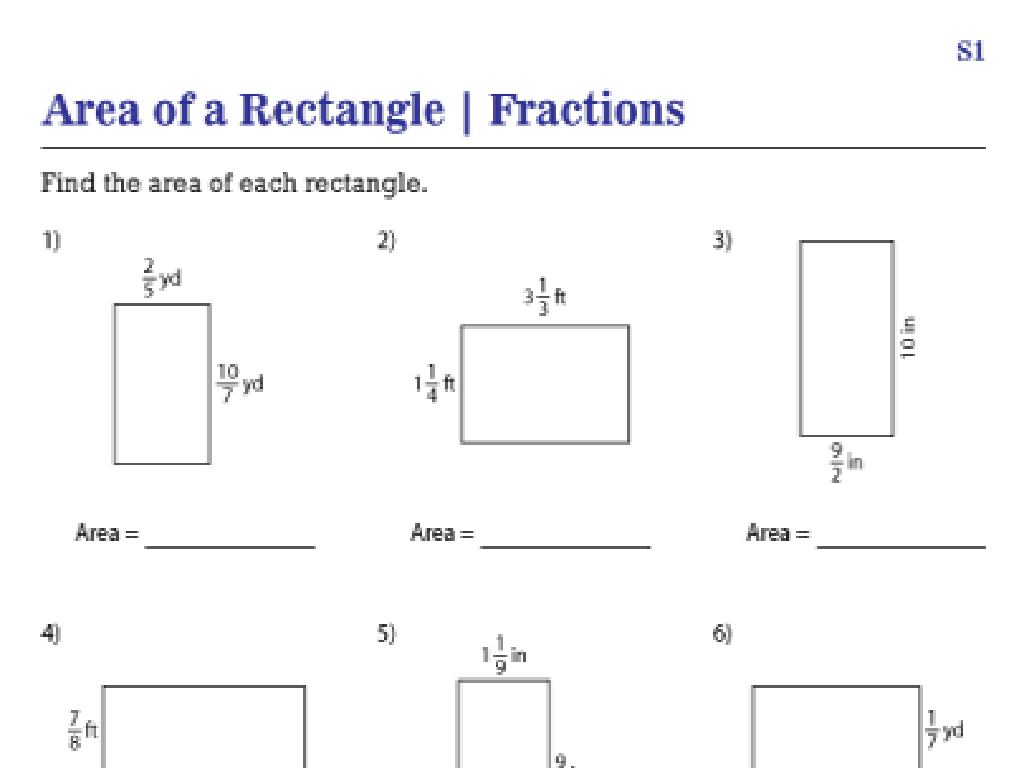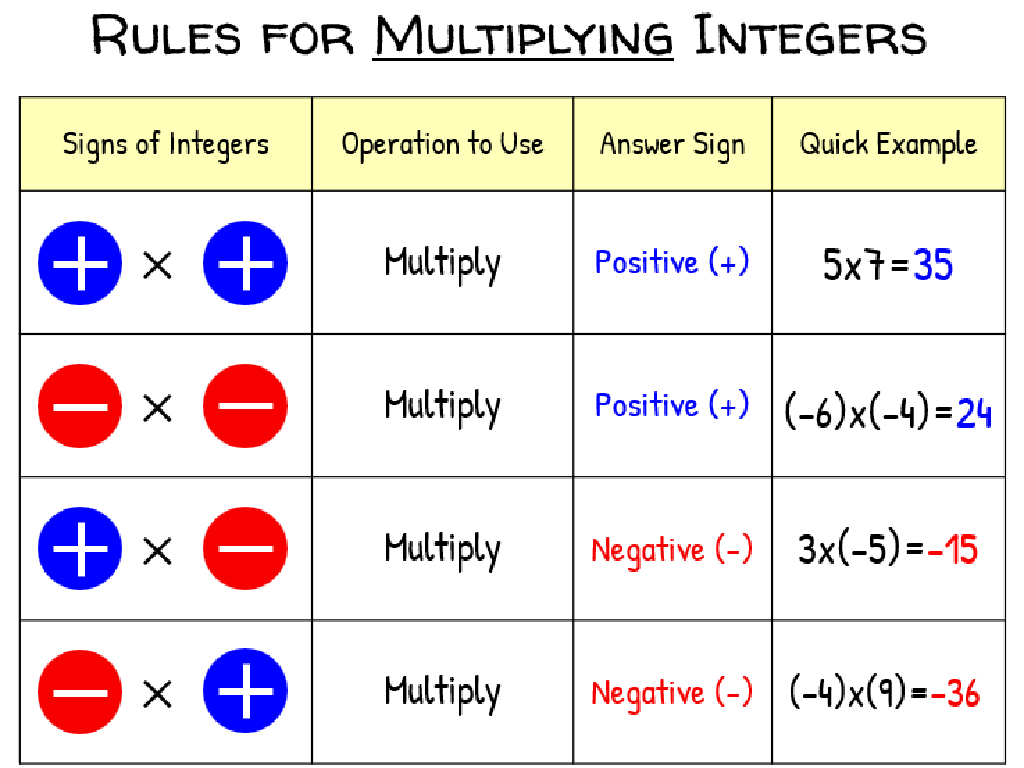Identify Facts And Opinions
Subject: Social studies
Grade: Third grade
Topic: Social Studies Skills
Please LOG IN to download the presentation. Access is available to registered users only.
View More Content
Facts vs. Opinions in Social Studies
– What’s a fact?
– A fact is something true and can be proven.
– What’s an opinion?
– An opinion is what someone thinks or feels.
– Differences between facts and opinions
– Facts are objective, opinions are subjective.
– Importance in history and society
– Helps us understand perspectives and biases.
|
This slide introduces the concept of facts and opinions, which is crucial for young learners to grasp in order to critically analyze information in social studies. A fact is a statement that can be proven true or false, while an opinion is based on beliefs or feelings and cannot be proven. Understanding the difference is essential for evaluating historical events and societal issues, as it allows students to discern between what is known to be true and what is believed by individuals or groups. This skill will aid them in developing a more nuanced understanding of the world around them and in becoming informed citizens. Encourage students to think of examples of facts and opinions they encounter in daily life.
Understanding Facts in Social Studies
– Define a fact
– A fact is a statement that can be proven true or false.
– Examples of facts
– ‘The Earth is round’ or ‘There are 50 states in the US.’
– Verifying facts
– Check facts by looking in books, asking experts, or finding reliable sources online.
– Importance of facts in studies
|
This slide aims to help students differentiate between facts and opinions, starting with a clear definition of what a fact is. Provide examples that are easily relatable and verifiable for third graders, such as simple geographical or historical facts. Teach them the importance of verifying information by consulting reliable sources, which is a crucial skill in social studies. Encourage critical thinking by asking them how they might prove a statement to be true or false. This foundational understanding will help them as they progress in their studies and in evaluating information in everyday life.
Understanding Opinions
– What is an opinion?
– An opinion is someone’s personal feeling or belief about something.
– Examples of opinions
– ‘Pizza is the best food.’ or ‘Summer is better than winter.’
– Opinions: right or wrong?
– Opinions are not about right or wrong, they are personal views.
– Respecting different opinions
– It’s important to listen and respect others’ opinions, even if they differ.
|
This slide introduces the concept of opinions to third-grade students. Begin by explaining that an opinion is what someone believes or feels about something, and it can vary from person to person. Provide relatable examples that they can connect with, such as preferences in food or seasons. Discuss that opinions are subjective and not facts; therefore, they cannot be proven right or wrong. Emphasize the importance of respecting different opinions, as each person has their own unique perspective. Encourage students to think of their own opinions and to understand that it’s okay for others to have different thoughts.
Fact or Opinion?
– Practice identifying facts vs. opinions
– Read statements as a group
– Decide: fact or opinion?
– Ask key questions
– Can it be proven? Is it a feeling or belief?
|
This slide is designed to engage third-grade students in a group activity to differentiate between facts and opinions. Begin by explaining that a fact is something that can be proven true, while an opinion expresses someone’s feelings or beliefs and cannot be proven. Read statements aloud and have the class vote on whether they think each one is a fact or an opinion. Encourage them to use the key questions as a guide: ‘Can it be proven?’ and ‘Does it tell a feeling or belief?’ This activity will help students understand the distinction between factual information and personal viewpoints, which is a critical skill in social studies. Provide examples such as ‘The sky is blue’ (fact) and ‘Chocolate is the best ice cream flavor’ (opinion) to illustrate the concept.
Why Facts and Opinions Matter
– Facts represent truth and knowledge
– Facts can be proven, like ‘The sky is blue.’
– Opinions express personal feelings
– Opinions are beliefs, like ‘Pizza is the best food.’
– History and events have both facts and opinions
– In history, facts tell us what happened; opinions give us different views on it.
– Recognizing each shapes our understanding
– Knowing the difference helps us learn and respect others’ views.
|
This slide aims to teach students the importance of distinguishing between facts and opinions. Facts are statements that can be proven true or false, while opinions are based on personal beliefs and feelings. Understanding this difference is crucial for students as they learn about the world, history, and current events. It helps them to critically evaluate information and to appreciate diverse perspectives. Encourage students to practice identifying facts and opinions in various texts and discussions. This skill will aid them in becoming informed and thoughtful individuals.
Class Activity: Fact or Opinion Hunt
– Work in groups on articles
– Find and present facts and opinions
– Learn to respect others’ opinions
– Opinions are personal views and can differ
– Understand the difference between fact and opinion
– Facts are true and can be proven
|
In this group activity, students will collaborate to identify facts and opinions within selected articles. Each group will be responsible for presenting their findings to the class, fostering a discussion on the nature of facts and opinions. It’s crucial to guide students to understand that while facts are objective and verifiable, opinions are subjective and can vary from person to person. Encourage students to listen to and respect each other’s opinions, even when they differ, and to back up facts with evidence. This activity will help students develop critical thinking skills and understand the importance of distinguishing between factual information and personal beliefs in social studies.
Reflecting on Facts and Opinions
– Recap: Facts vs. Opinions
– Facts are true and can be proven. Opinions are what someone believes.
– Importance of distinguishing
– Knowing the difference helps us understand what is true and what is someone’s belief.
– Applying knowledge daily
– Use this to think critically about what you hear and read every day.
– Share your thoughts!
|
In today’s lesson, we learned to identify facts and opinions. Facts are statements that can be proven true or false, while opinions are based on personal feelings and beliefs. Understanding the difference is crucial because it helps us to critically evaluate the information we encounter and to form well-founded opinions of our own. Encourage students to apply this knowledge by questioning statements they hear in conversations, in the media, and in books, and to practice distinguishing between factual information and personal viewpoints. Ask them to share examples of how they might use this skill in their daily lives, such as when discussing a story or deciding what to believe about a news article.






